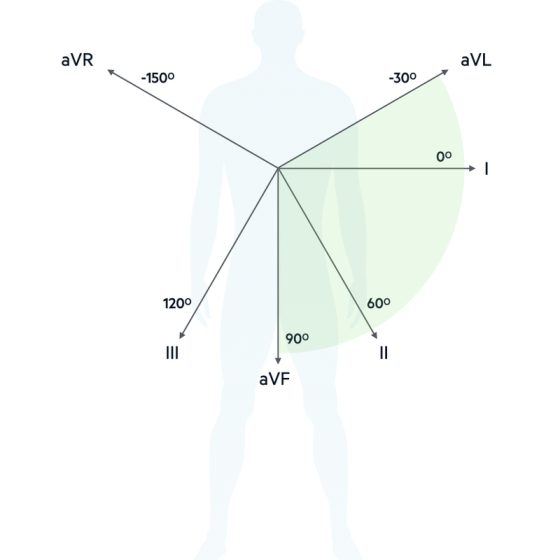ECG of heart block
https://youtu.be/LhAOb9O8LGo ECG of heart block ECG training course Date of show : 18 May 2024, 09:00 PM CAI Introduction to ECG – 1st part 20:19 Heart axis deviation and alfa angle 23:13 Normal ECG values and heart rate calculation 37:53 ECG of atrial and ventricular hypertrophy 31:37 ECG changes in Myocardial Infarction MI 18:56 ECG of heart rate disorders 17:21 Arrhythmia, Flutters and Fibrillations 22:50 Extrasystole arrhythmias 14:49 ECG of heart block 27:19 PDF materials of lesson : Heart block


















